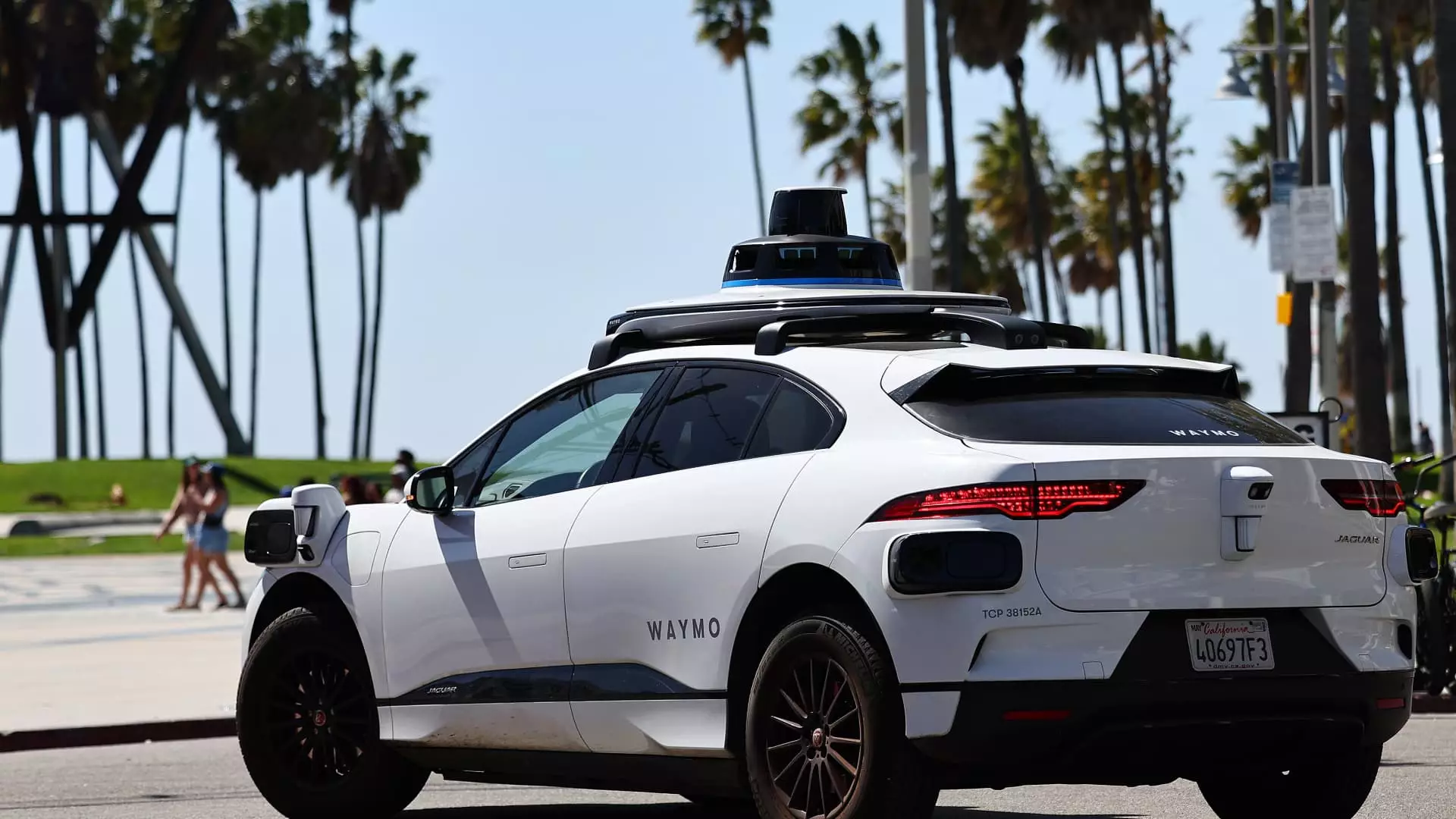In a significant move towards broadening its autonomous vehicle operations, Waymo has secured $5.6 billion in a recent funding round, catalyzing its ambitions to enhance its robotaxi services that currently span across Los Angeles, San Francisco, and Phoenix. This funding round was spearheaded by Alphabet, the parent company of Google, alongside prominent investors such as Andreessen Horowitz, Fidelity, and Tiger Global, marking a pivotal moment in the trajectory of autonomous transportation.
Waymo’s co-CEOs, Tekedra Mawakana and Dmitri Dolgov, expressed their enthusiasm regarding the financial boost, indicating that these resources will primarily facilitate the growth of their ride-hailing service and refine the capabilities of their self-driving technology, known as the Waymo Driver. This monumental funding combined with prior investments, which bring Waymo’s total capital raised to over $11 billion, signals the intense market focus on autonomous solutions.
With aspirations that extend beyond its current operational cities, Waymo is not just looking to solidify its presence in existing markets but to venture into new territories, including Austin and Atlanta, following a strategic collaboration with Uber. This partnership reflects a significant step in integrating robotic and human-driven services, presenting a broader array of transportation options as the demand for safer and more efficient travel grows.
Despite a competitive landscape filled with players like Tesla and GM’s Cruise, Waymo stands apart as the only company offering a fully operational commercial robotaxi service across major cities in the United States. Their consistent achievement of over 100,000 rides weekly reinforces consumer trust, particularly among those concerned about safety. Reports indicate that female passengers, in particular, have turned to Waymo due to apprehensions associated with conventional cab services.
Nevertheless, the path for autonomous vehicles is fraught with challenges. Recent surveys indicate that a significant portion of the U.S. population remains skeptical about driverless cars, with nearly two-thirds expressing hesitance or outright refusal to ride in such vehicles. This skepticism is compounded by the inherent safety concerns associated with autonomous technology. While Waymo claims that its vehicles statistically have fewer incidents compared to human-driven counterparts, issues such as software glitches leading to recalls and instances of erratic driving behavior have raised eyebrows and hindered widespread acceptance.
It’s crucial to understand that while Waymo boasts a commendable operational record, it is not without faults. The company has faced scrutiny for instances where its vehicles have disrupted traffic and experienced collisions, albeit without any documented severe consequences. These occurrences underscore the ongoing necessity for rigorous testing and continuous improvements in the technology.
In a bid to enhance the operational versatility of its robotaxi fleet, Waymo is also exploring the introduction of the Geely Zeekr, equipped with state-of-the-art sensor technology and AI systems. The company’s recent multi-year partnership with Hyundai aims to incorporate the Ioniq 5 electric vehicle into its robotaxi offerings, potentially augmenting the fleet with additional capabilities.
Moreover, Waymo has initiated plans to conduct tests of its self-driving vehicles in diverse weather conditions, including harsher winter climates in regions like upstate New York and Michigan. This strategic move is essential for assessing the performance and reliability of autonomous vehicles beyond the warmer climates of the sunbelt, demonstrating Waymo’s commitment to a broader operational reach.
The ongoing competition in the autonomous vehicle sector is reflected by Tesla CEO Elon Musk’s recent announcements regarding Tesla’s plans to launch a driverless ride-hailing service by next year. However, as Waymo continues to leverage substantial funding and partnerships to hone its technology, it faces the formidable task of proving its safety advantages over traditional human-driven transportation. The tragic incident involving Cruise’s vehicle further amplifies the necessity for comprehensive safety demonstrations amid heightened public caution.
In the dynamic landscape of autonomous vehicles, Waymo’s success will ultimately hinge on both the efficacy of its technology and its ability to build public confidence. As the industry evolves, consumers and regulators alike will be closely monitoring developments, ready to either embrace or hesitate at the potential of driverless transportation. While the road ahead is uncertain, Waymo’s ongoing advancements represent a significant step toward redefining transportation and ushering in a new era of mobility.


Leave a Reply
You must be logged in to post a comment.